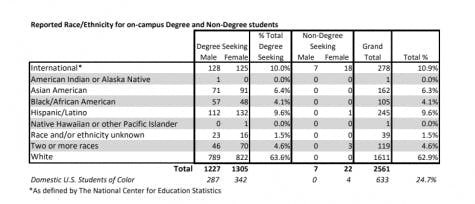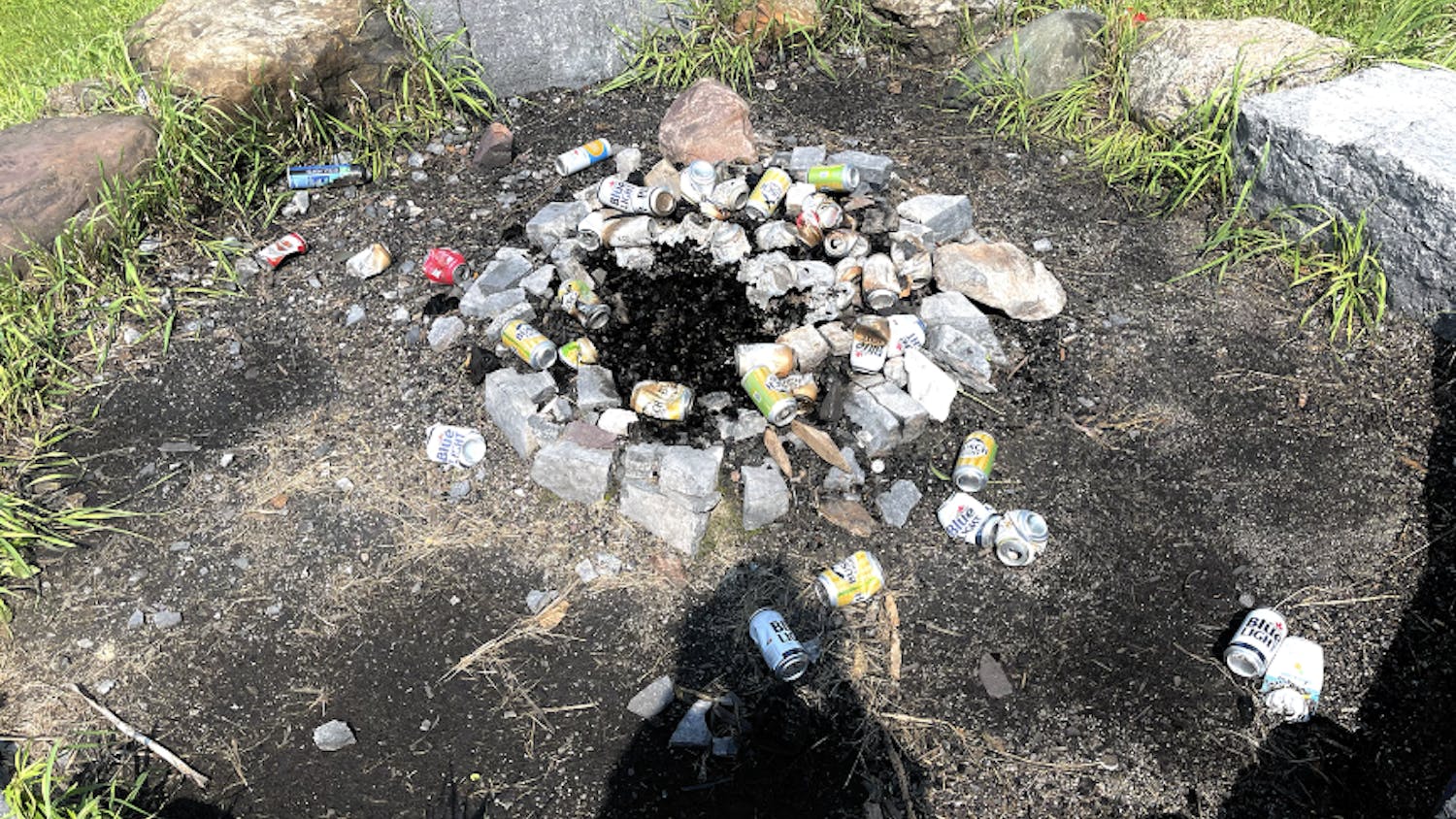In case you do not know who I am, my name is Julio Tlachi. I am a guy who likes to “keep it real,” so that is what I will do. I am a first-year student who identifies as Latino/Hispanic. I have learned that being a person of color on this campus is not easy. There is no doubt that Middlebury is a predominately white institution, so I quickly came to recognize the importance of the cultural organizations on campus.
Like many of the students at Middlebury, I naturally became part of a friend group that is similar to me. This means that the majority of my friends are also people of color. We share many similar cultural experiences and interests even though most of us are from different places. They remind me of my community back home in Queens, New York City. My friend group here at Middlebury has become crucial to calling Middlebury my home. The more time I spend on this campus, the more I realize the importance of space, quite literally. With this in mind, I decided to write this op-ed piece to explore the possibility of proposing affinity housing for Middlebury’s students of color. I want to be explicit in saying that I wrote this op-ed to gauge whether or not this is something the students of color would be interested in.

According to Middlebury’s Fall 2017 Student Profile (Figure 1), there are currently about 633 (24.7 percent) Domestic U.S. Students of Color on campus. To break this statistic down further, there are 245 (9.6 percent) students who identify as Hispanic/Latino, 105 (4.1 percent) students who identify as Black/African American and 162 (6.3 percent) students who identify as Asian American. It is important to note that this statistic refers to domestic U.S. students, and does not refer to the 278 (10.9 percent) students who identify as international. All in all, there are 633 domestic U.S. students of color out of the 2561 students on campus, yet there only two buildings dedicated to POC: Carr Hall and PALANA.
Just in case you do not know, Carr Hall comprises the Anderson Freeman Center (AFC) and the Center for the Comparative Study of Race and Ethnicity (CCSRE). According to Middlebury’s website, both are essentially geared towards “the advocacy, programs, resources, and support for students who have been historically underrepresented or marginalized in U.S. higher education.” PALANA is a cultural interest house, which houses students identifying as either Pan-African, Latino, Asian and/or Native American. It is also open to anyone who is interested in learning more about race and culture. Yet, PALANA only has eight spaces available each year to the possible 2561 students.
It just seems to me that people of color who make up almost a quarter of the student body here at Middlebury are often piled up in Carr Hall and have to compete for spaces like PALANA. Let’s just look at PALANA. Again, it seems that people of color always get clustered up because PALANA stands for so many cultures and races, and it only has such a limited amount of room. Why is it that anyone considered “other” is more often than not put into these two spaces? Why is it that people of color are “sprinkled” throughout the dorms? Why can’t we have the option to live in a Latinx house, or Black student house, or any sort of culturally affiliated house? Middlebury should look at schools like Carleton College, which also happens to be a small, private college that offers a liberal arts education.
With a smaller student body and smaller endowment, Carleton College offers its student body more opportunity to live in such communities. According to their website, Carleton College has three culturally affiliated dormitories all intended to support their students of color. They have the Asia House, “[which] provides support to Asian and Asian American students and their allies at Carleton College. Educational and social programs aimed towards the understanding of Asian and Asian American cultures and issues are held throughout the year.” They have the Freedom House, “[which] provides a culturally safe space for students of African Diaspora and their allies at Carleton College, and contributes to the environment that facilitates their success. Freedom House residents provide a variety of educational, cultural, and social program.” Lastly they have La Casa de Sol, “[which] is a house designed to serve both the Latin@ community at Carleton College, as well as their allies and the larger Carleton and local Northfield community, through educational and cultural programming. La Casa is an integral part of the Latin@ community at Carleton because it encourages academic success and community development.” All three housing options are designed to be safe spaces, create communities and create social programming for the rest of the campus. Imagine this at Middlebury, where over 600 students identify as students of color.
I believe Middlebury, which takes pride in community, does not give its culture orgs and students of color the space and resources to strengthen their support, community and outreach on campus. That is why cultural affinity housing could be an alternative solution. These culturally affiliated houses would give each underrepresented culture the space to flourish and make its presence known on campus. They could become the headquarters for the cultural organizations on campus. They could become spaces for Middlebury’s students of color, in which those students feel fully supported. I see culturally affiliated housing as a way for Middlebury to provide space, support and opportunity for its students of color. This op-ed is meant to to be a conversation starter, but hopefully it will not end there. So please feel free to reach out to me to continue exploring this possibility: jtlachi@middlebury.edu. Thank you.



